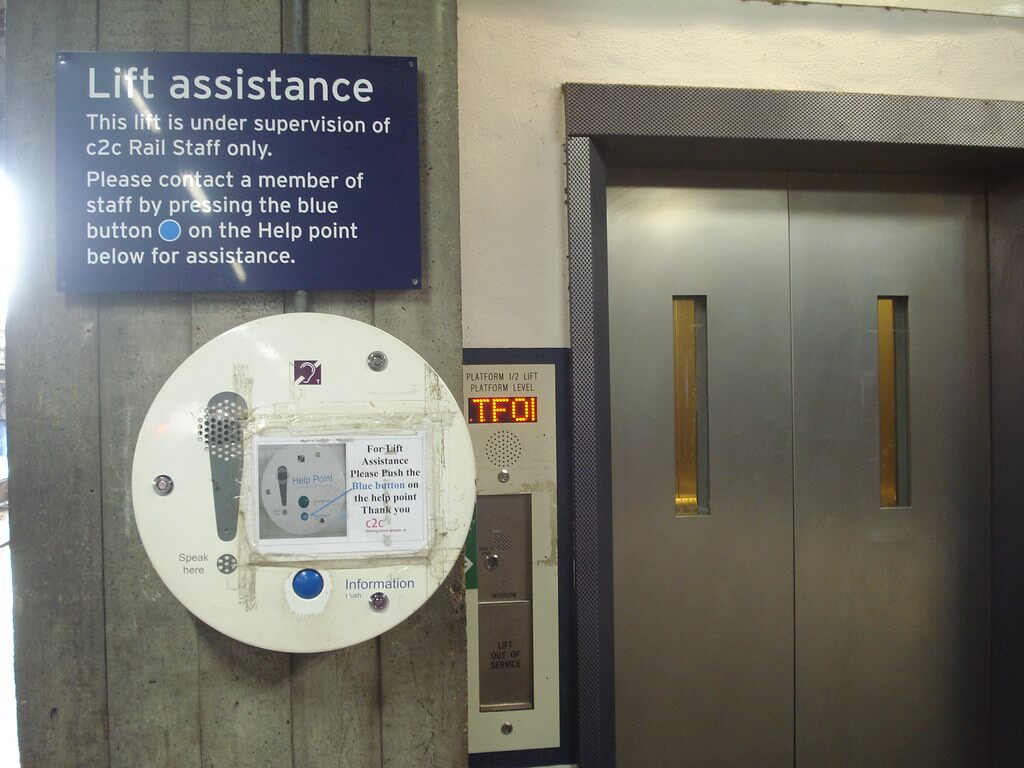20+ Years Experience
Specialist Lift Repair

Enquire Today For A Free No Obligation Quote
When it comes to choosing between hydraulic and traction elevators for your building, understanding the maintenance differences is crucial.
In this article, we will explore the distinct features of both types of elevators, their respective advantages, and the factors to consider when making a decision.
Whether you are looking for reliability, efficiency, or cost-effectiveness, knowing the maintenance requirements of hydraulic and traction elevators can help you make an informed choice for your building.
If you would like more information get in touch with our team of qualified lift maintenance and repair professionals today.
When comparing traction and hydraulic lifts for maintenance needs, it’s crucial to understand the fundamental differences between these two lift systems, particularly in terms of upkeep and service requirements.
One significant difference lies in the components of the systems. Traction lifts rely on a system of ropes, sheaves and a motor mounted at the top of the shaft, which require regular inspection and lubrication to ensure smooth operation.
On the other hand, hydraulic lifts use a hydraulic pump to control movement, making them simpler in terms of components.
They need periodic checks on the hydraulic fluid levels and valves to prevent leaks and maintain their efficiency.
Regarding repairs, traction lifts often require more frequent attention due to the intricate nature of their components, whereas hydraulic lifts typically have fewer mechanical parts and may be more straightforward to service.
Traction lifts utilise a system of ropes, counterweights, and a motor to move the lift car within the shaft, offering efficient vertical travel in various buildings and high-rise structures.
The steel ropes play a crucial role in this system, connecting the lift car to the counterweight through a series of pulleys.
As the motor turns the gear system, the ropes either unwind or wind around the drive sheave, causing the lift cabin to ascend or descend smoothly.
In modern setups, advanced gearless systems eliminate the need for a gearbox, making the operation quieter and more energy-efficient.
Hydraulic lifts operate using a hydraulic fluid-filled cylinder to raise and lower the lift car, making them suitable for low to mid-rise buildings and residential settings due to their efficient use of space and energy.
The hydraulic cylinder in these lifts consists of a hollow cylinder, a piston, and a fluid, typically oil-based hydraulic fluid or even biodegradable fluids for more sustainable operation.
When the lift needs to move, the fluid is pumped into the cylinder, pushing the piston upwards and raising the car.
Conversely, when the lift needs to descend, the fluid is released from the cylinder, allowing gravity to lower the car smoothly.
Traction lifts offer notable advantages such as energy efficiency, smooth journeys, and suitability for high-rise buildings, making them a preferred choice for vertical transportation in bustling urban environments.
One of the key benefits of traction lifts is their energy-saving features, particularly due to the use of AC traction drives that consume less power compared to traditional hydraulic systems.
This not only reduces the building’s carbon footprint but also leads to cost savings in the long run. Passengers experience a comfortable and quiet journey with minimal vibrations, thanks to the advanced technology used in traction lifts.
These lifts are well-equipped to efficiently transport people in tall structures, optimising space and enhancing overall building functionality.
Hydraulic lifts excel in residential settings and low to mid-rise buildings, offering space-efficient designs, quiet operation, and reliable performance, making them ideal for homes and smaller commercial spaces.
One of the notable advantages of hydraulic lifts is their ability to blend seamlessly into residential environments, providing homeowners with a practical and stylish vertical transportation solution.
The unique features of endura MRL hydraulic lifts cater well to the requirements of modern homes, ensuring smooth and safe rides within the comfort of one’s own living space.
Choosing the correct lift system for your building involves taking into account factors such as building height, space availability, energy efficiency, and technological advancements to ensure optimal vertical transport solutions that align with your specific needs.
Regarding building requirements, understanding the height of your structure is crucial as it will directly impact the type of lift system needed.
Buildings with varying heights may require different mechanisms, such as hydraulic or traction systems, to efficiently transport individuals.
Evaluating the available space for the lift installation, including the potential machine room placement, is essential for seamless integration.
We Aim To Reply To All Enquiries With-in 24-Hours